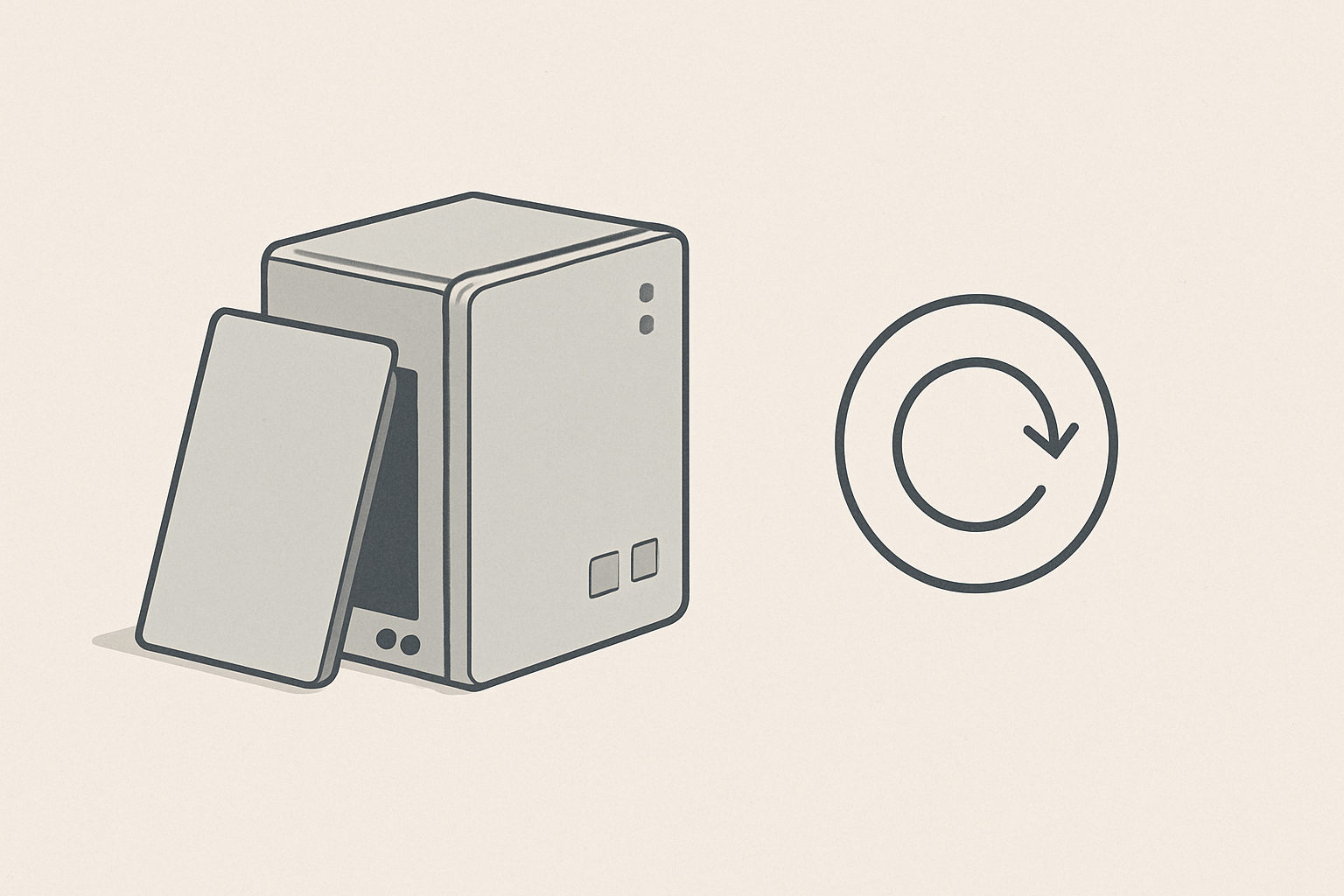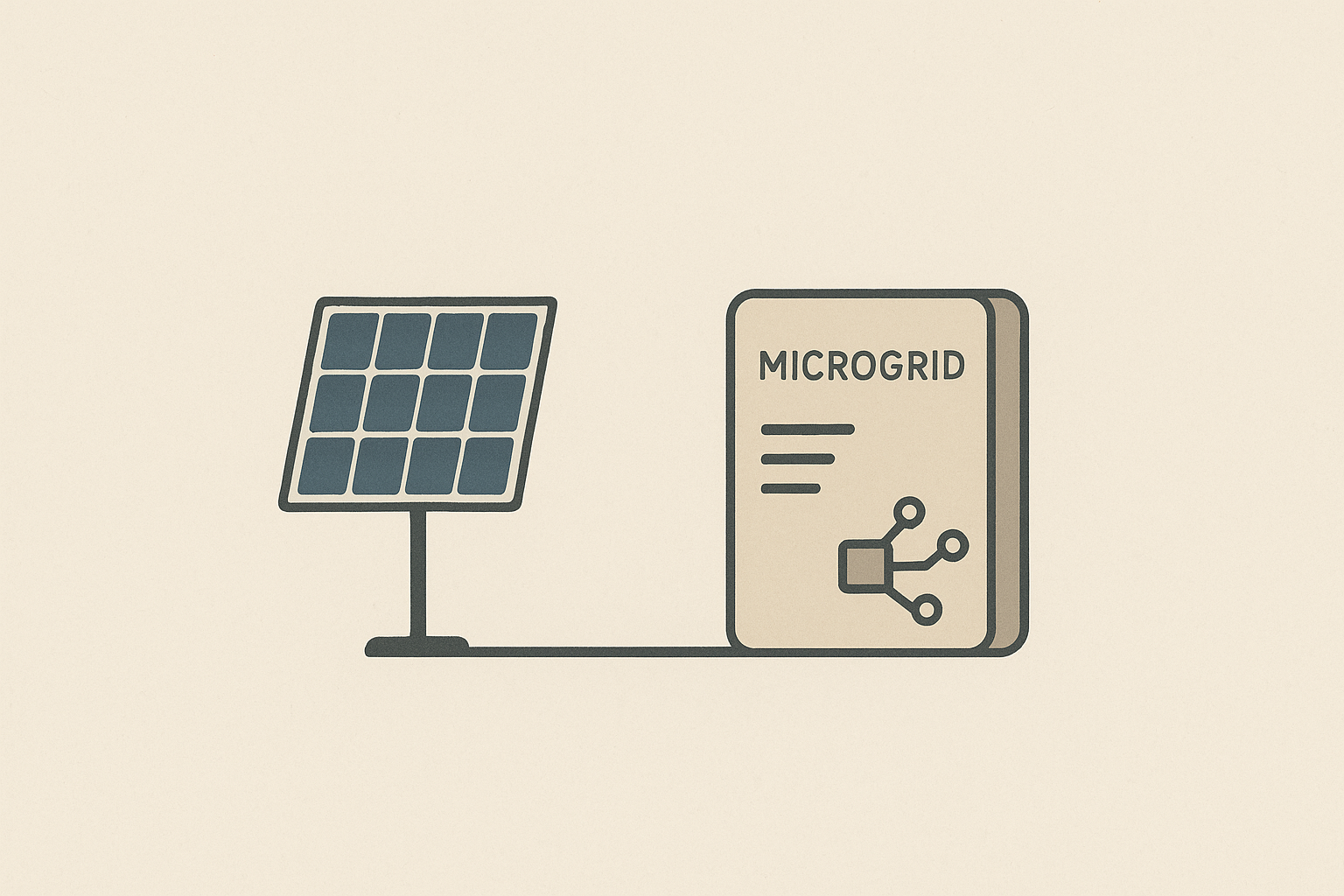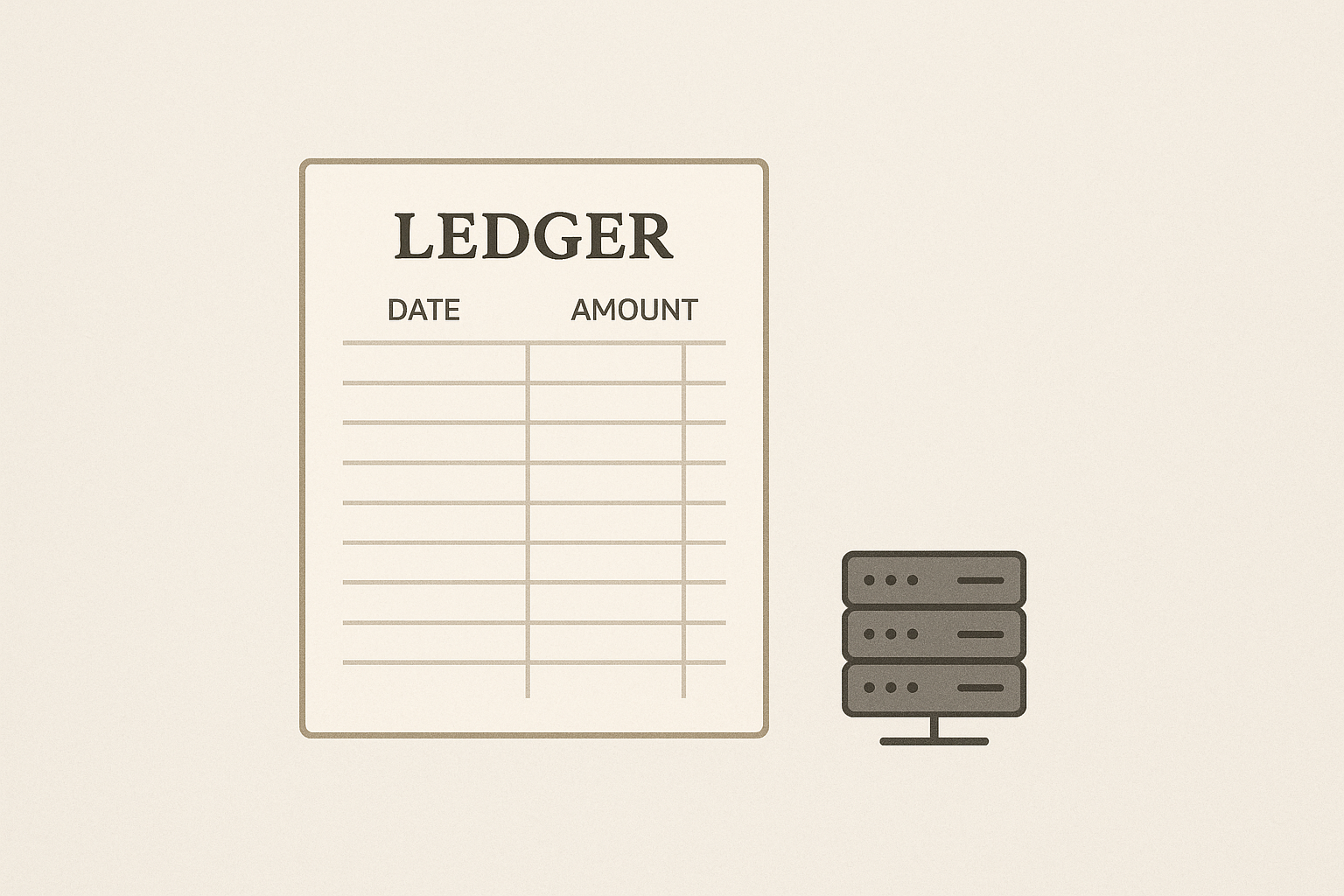The Circular Hardware Playbook: Sustainable Business Models for Long‑Lived IoT and Renewable Equipment
How to design hardware-first, circular business models that extend product life, retain value, and scale sustainably.

The Evergreen Challenge: Making Physical Tech Last and Pay
Hardware that serves the energy, agriculture, and IoT sectors often carries two conflicting pressures, both enduring: minimise lifetime environmental impact, and create predictable, scalable revenue. For small and large teams alike, the technical answer (modular components, robust firmware, remote diagnostics) must be married to long-term operational design: reverse logistics, repair economics, and customer incentives to return or upgrade equipment. Without a repeatable circular playbook, durable field assets become landfill and businesses leave value on the table.
This briefing sets out a practical, future‑proof framework for product teams, founders, technical leads, and operations managers to design and run circular hardware-first businesses. It focuses on systems that are timeless in their applicability: product-as-a-service, modular upgrade pathways, open repair and refurb marketplaces, tracked lifecycles, and durable service economics.
Why Circularity Matters, For Business and Planet
- Reduced material and replacement costs increase lifetime margin; durable units amortise R&D and deployment expense.
- Controllable supply chains and standardised refurbishment reduce dependence on volatile component markets.
- Regulatory and procurement trends favour repairable, traceable equipment; early adoption of circular operations de-risks tendering with public and commercial buyers.
For a UK-specific regulatory baseline on end-of-life responsibilities for electrical equipment see government guidance on WEEE, which is a useful reference for producer responsibilities and compliance obligations.
Two Evergreen, Actionable Solutions
Below are two robust, complementary approaches that teams can adopt. Each is designed to be implementable today and resilient to evolving markets over years.
Solution A: Product-as-a-Service (PaaS) with Built‑In Lifecycle Management
Concept in one line: retain ownership of hardware, monetise the service it delivers, and capture residual value via refurbishment and redeployment.
Why this works
- Shifts revenue from one-off sales to recurring income, improving predictability.
- Aligns incentives: vendor wants long-lived, maintainable assets that minimise OPEX.
- Enables controlled returns and centralised refurbishment, simplifying quality assurance.
Step-by-step implementation
1. Product design for serviceability
- Modularise by fault-domain: make the most failure-prone parts replaceable in minutes.
- Standardise fasteners and connectors; use replaceable subassemblies tracked by serial number.
- Embed a unique ID, QR and OTA-capable bootloader to support traceability and secure updates.
2. Lifecycle tracking system
Implement a unit registry that stores manufacture date, deployed location, firmware version, repair history and ownership status. The registry is the backbone of PaaS operations; it enables routing for swaps, warranty decisions, and refurbishment scheduling.
<!-- Minimal Ghost-compatible code block; example Node.js/SQLite unit registry API -->const express = require('express');const sqlite3 = require('sqlite3').verbose();const db = new sqlite3.Database('units.db');db.serialize(() => { db.run(`CREATE TABLE IF NOT EXISTS units ( id TEXT PRIMARY KEY, model TEXT, manufactured_at TEXT, status TEXT, -- deployed, returned, refurb, retired firmware TEXT, location TEXT, last_service TEXT )`);});const app = express();app.use(express.json());app.post('/units', (req, res) => { const u = req.body; db.run('INSERT INTO units (id,model,manufactured_at,status,firmware,location,last_service) VALUES (?,?,?,?,?,?,?)', [u.id,u.model,u.manufactured_at,'deployed',u.firmware,u.location,u.last_service], function(err){ if(err) return res.status(500).send(err.message); res.status(201).send({id: u.id}); });});app.post('/units/:id/service', (req, res) => { const id = req.params.id; const now = new Date().toISOString(); db.run('UPDATE units SET last_service = ?, status = ? WHERE id = ?', [now,'deployed',id], function(err){ if(err) return res.status(500).send(err.message); res.sendStatus(204); });});app.listen(3000);This simple API is a starting point for integrating field devices with service operations. Extend it with authentication, firmware track, repair logs, and integrations with logistics partners.
3. Service pricing and contract design
- Offer tiered subscriptions: basic monitoring, proactive maintenance, swap-and-refurb guarantee.
- Price per installed unit or per delivered metric (kWh saved, data throughput, uptime). Keep pricing transparent; show the total cost of ownership versus outright purchase.
- Build clauses that incentivise return of units at end of contract; use refundable deposits or credit balances to drive behaviour.
4. Reverse logistics and refurbishment
- Design a central or regional refurbishment workflow; standardise testing jigs and bill-of-materials for replacement modules.
- Track costs per unit refurb; aim for refurbishment cost to be a fraction of new-build cost so redeployment is attractive.
- Integrate with the unit registry so returned units automatically generate a refurbishment work order.
5. Data and remote first response
- Use remote diagnostics to triage faults; only dispatch technicians when remote remediation fails.
- Automate fault classification and stock reservation for swap parts.
Solution B: Open Repair, Upgrade Marketplace, and Secondary Sales
Concept in one line: create an ecosystem that makes repair and upgrade the default path, rather than replacement, unlocking a second life and a new revenue stream.
Why this works
- Extends device life and recovers value; refurbished units can be sold into lower margin markets.
- Creates service revenues and aftermarket parts sales.
- Builds a community of partners who can be scaled geographically without fixed payroll burden.
Step-by-step implementation
1. Publish repair documentation and parts catalogues
- Provide structured, machine-parseable repair guides (step lists, required parts, expected time, difficulty).
- Offer kits for common repairs and upgrade modules; include both OEM and approved third-party options.
2. Authorised repair network and certification
- Train third-party technicians; certify them for warranty-preserving repairs.
- Provide a portal for job assignment, spare part ordering, and warranty verification, tied to unit IDs.
3. Marketplace for refurbished units
- Standardise grading for refurbished stock, with clear return policies and warranty tiers.
- Use the unit registry to publish provenance; buyers can check original manufacture date, firmware history, and refurbishment logs.
4. Firmware and upgrade pathways
- Offer paid upgrade modules which add capability without requiring new hardware; provide secure, signed OTA updates.
- Maintain legacy firmware branches for long‑lived deployments where stability is critical.
5. Legal and compliance checklist
- Make sure warranties, liability transfers, and data cleansing processes are explicit when selling refurbished devices.
- Comply with local end-of-life and hazardous materials regulation; set up channels for safe disposal of unrecoverable units.
Technical Example: Secure OTA and Provenance Tagging
Secure, signed firmware updates and immutable provenance records are evergreen requirements. Below is a simplified Ghost-compatible HTML snippet showing how a device might verify an OTA package signature and fetch its provenance metadata. This pseudocode is platform-agnostic: build it into bootloaders or device management agents.
<!-- Pseudocode for device-side OTA verification -->1. Device fetches metadata.json from update server: {"version":"1.2.0","sha256":"...","sig":"...","provenance": {"serial":"UNIT123","refurb_id":"R456"}}2. Verify signature 'sig' using stored vendor public key.3. If signature valid and version > current, download firmware.bin and verify sha256 matches metadata.4. Move firmware to staging partition, mark provenance in local immutable log, apply update on next reboot.-- Important: store keys in secure element or TPM; provide rollback protection --Business Economics: Unit Economics and Models That Scale
Both approaches can be combined, but the unit economics differ and teams must instrument them. Here are evergreen formulas and a numerical example to model viability.
Key metrics
- Acquisition cost (Ca): hardware production and deployment cost per unit.
- Refurb cost (Cr): average cost to bring a returned unit back to service.
- Subscription revenue per period (Rsub) or resale price (Psale) for refurbished unit.
- Lifetime of asset (Lt) measured in service-years; target >3 years for renewable and off-grid gear.
- Return rate (Return%): proportion of units returned at contract end.
Simple profitability equation for PaaS
Profit per unit over lifetime = (Rsub * Lt) - Ca - (Return% * Cr) - Opex_service
Example, hypothetical numbers (GBP): Ca = 400, Rsub annual = 180, Lt = 5 years, Return% = 0.8, Cr = 80, Opex_service (remote monitoring + occasional swaps) = 120
Profit = (180 * 5) - 400 - (0.8 * 80) - 120 = 900 - 400 - 64 - 120 = 316
In this scenario the unit returns sustainable lifetime profit. Adjust pricing, refurb efficiency, and service costs to model sensitivity.
Secondary market economics
- Refurbished sale price Psale should exceed Cr + marginal testing cost + sales overhead, otherwise the channel loses money.
- Provenance transparency allows premium pricing for well‑documented refurbished units.
Operational Playbook: Processes That Last
1. Instrumentation first
Design logs and telemetrics with long-term retention in mind. Store the minimal set of data needed to prove provenance and warranty claims; apply data retention policies for GDPR compliance.
2. Standardise documentation
Repair guides, BOMs, test procedures and grade definitions must be machine readable and versioned. A small investment in structured documentation reduces field friction greatly.
3. Modular spare stock pools
Maintain pools of high-failure modules in regional hubs; smaller pools of low-failure but expensive parts can be centralised.
4. Customer incentives to return
- Monetary deposit refundable on unit return.
- Trade-in credit on next subscription.
- Convenient collection or swap services to reduce friction.
Regulation, Procurement and Long-Term Risk Management
Regulatory expectations around repairability, reporting and safe disposal will only increase. By designing circular operations now, businesses reduce regulatory risk and improve public procurement competitiveness.
Note: in the UK, producers of electrical equipment have defined obligations under WEEE regulation; use the government guidance noted earlier as a compliance baseline. For public contracts, include clear documentation of lifecycle plans and environmental impact to strengthen bids.
Comparing the Two Solutions and When to Use Them
- Use PaaS when you can control deployment and customers accept ongoing payments, for example energy storage, remote monitoring, modular renewable inverters.
- Use Open Repair and Secondary Markets when customers prefer ownership, market price sensitivity is high, or when you can mobilise local repair networks to scale services economically.
- Combining both is often optimal: a tiered product line with PaaS for critical service customers and a certified refurbished channel for price-sensitive markets.
Did You Know?
Designing for disassembly at the component level can reduce refurbishment labour time by more than 50 per cent, a structural advantage that scales linearly as a business grows.
Pro Tip: Record immutable provenance at manufacture, record every repair event, and expose provenance to buyers of refurbished stock; trust increases resale price and reduces dispute costs.Q&A: How do we prevent firmware lock-in when refurbishing units? Answer: sign firmware with vendor keys and maintain a clear migration policy; provide a validated rollback and a documented legacy branch for critical customers.
Implementation Risks and Long-Term Caveats
Warning: underestimate reverse logistics complexity at your peril. Transport cost, import/export compliance, and customs for cross-border returns can quickly overwhelm thin margins. Model logistics as a first-class line item and iterate your regional footprint based on real return rates.
Evening Actionables
- Audit current product designs for five serviceability features: modular connectors, standard fasteners, replaceable batteries, accessible storage, and clear serial tagging.
- Implement a minimal unit registry using the Node.js/SQLite example above; track id, model, manufacture date, firmware, status and last service.
- Create three subscription tiers and simulate five-year cashflows with conservative return and refurbishment costs; check for positive lifetime unit profit.
- Draft a one-page reverse logistics map: collection options, regional hubs, refurbishment steps, QA tests, resale pathways.
- Publish a sample repair guide for a common failure and a spare-parts kit; open it to one partner for a pilot repair network.
For teams focused on long-lived off-grid and renewable installations, these circular models reduce waste, protect margins, and increase resilience. For a deeper look on durable hardware-software frameworks that complement these business approaches, see Designing Longevity: Modular Hardware-Software Frameworks for Long‑Lived Off‑Grid IoT and Renewable Installations.
Final Notes
The core principle is simple and enduring: treat hardware as a regenerable asset, not a disposable commodity. That shift requires engineering foresight, operational processes, and commercial creativity. The payoffs are persistent: lower material demand, stronger customer relationships, and more defensible, recurring revenue streams. Start small, instrument everything, and scale the aspects that prove repeatable.





Comments ()